|
|

This chapter describes how to implement the LocalDirector network. Sample network configurations include:
LocalDirector uses directed or dispatched mode to appear to the client as if it is communicating directly with a real server. If the client and server are on the same network segment, the response from the server bypasses LocalDirector, and the traffic will not be load balanced. All traffic must pass through LocalDirector and be directed to the real servers.
LocalDirector serves as a transparent learning bridge to forward data packets between its interfaces. Because of its bridge capability, LocalDirector must not be installed on the network parallel to another bridge. Only use LocalDirector to connect to servers allowing a single way in or out to the network through LocalDirector, as shown in Figure 2-1.
If there is another path from the network to your servers, a bridge loop is created and LocalDirector does not work properly. LocalDirector automatically detects a bridge loop and tries to recover. Syslog messages are generated to indicate there is a bridge loop, and virtual and real servers have intermittent failures.
LocalDirector must see all network traffic to make sure that the translation of IP headers occurs in both directions. Do not allow any traffic to bypass LocalDirector.
If the real servers have two single-attached interfaces (for example, they are dual-homed), make sure that load-balanced traffic cannot bypass LocalDirector. LocalDirector must be between the real servers and the Internet cloud that contains the clients. It must see all the packets coming from the clients to the virtual server and all the traffic that comes back in response to the client-to-virtual server packets.
In addition, packets from the clients must come in on one interface and go out to the real servers on a different interface. If these rules are not followed, LocalDirector cannot perform load balancing.
 |
Note LocalDirector cannot be used to load balance firewalls. |
Figure 2-2 shows a basic LocalDirector network implementation using hubs or switches.

Figure 2-3 shows a LocalDirector network with multiple server farms on different LocalDirector interfaces.
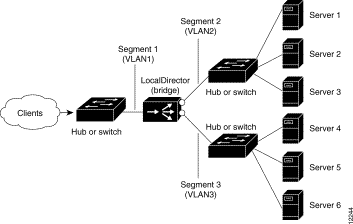
Figure 2-4 and Figure 2-5 show LocalDirector implementations that include routers.
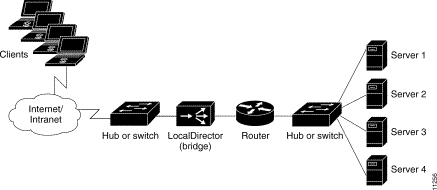
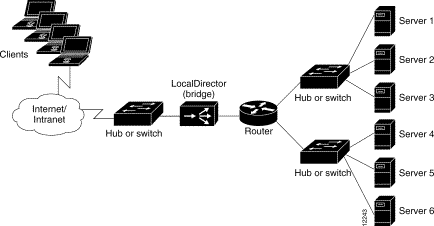
Figure 2-6 shows a highly redundant, fault-tolerant configuration.
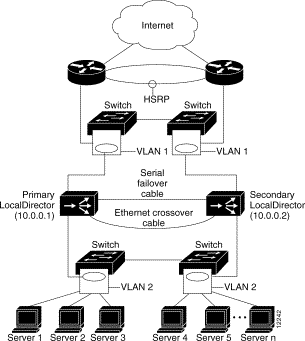
Figure 2-7 shows a LocalDirector network with a bridge loop that does not work.
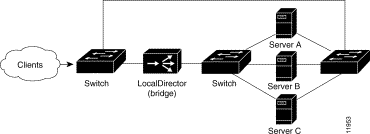
To set up LocalDirector for Fast EtherChannel, perform the following steps:
LocalDirector(config)# channel 0 two
Step 2 Make sure the interface speed is 100 and duplex is set to full with the 100full option:
LocalDirector(config)# interface ethernet 0 100full
Figure 2-8 shows a LocalDirector Fast EtherChannel configuration.

![]()
![]()
![]()
![]()
![]()
![]()
![]()
![]()
Posted: Wed Jan 3 13:29:25 PST 2001
All contents are Copyright © 1992--2001 Cisco Systems, Inc. All rights reserved.
Important Notices and Privacy Statement.